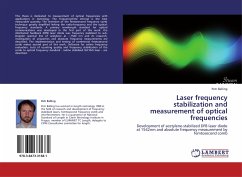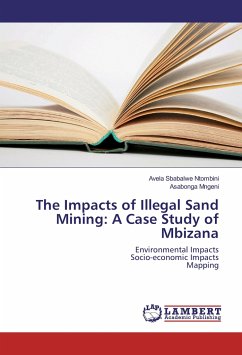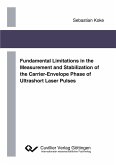The environmental threat by industrial and agricultural wastes has been emerging as a huge issue for society for the whole world as well. As there are fewer means to dispose them off, or they are not taken seriously. Many states of India have been capable of disposing off these wastes, but for the states where production is high obviously the waste production is also high, like Punjab, as one of the largest rice producers in India. The issue of burning of rice straw has been emerging as a worse environmental threat to the state as well as other states. To eradicate the ill effects of rice straw waste, there is need to put the rice straw in some productive use. The area, where the study was carried, is having rice straw in abundance. In this study, rice straw is used to improve in the engineering properties of clayey sand with rice straw. Rice straw fibers are incorporated with the soil in varying percentages of 0.5%, 1%, 1.5%, 2%, 2.5%, and 3% by dry weight of soil in size of 0.5mm to 3 mm. The tests performed are standard proctor test, CBR test. It was observed that mixing of rice straw fiber at varying percentage increases the dry density and CBR value of soil.








